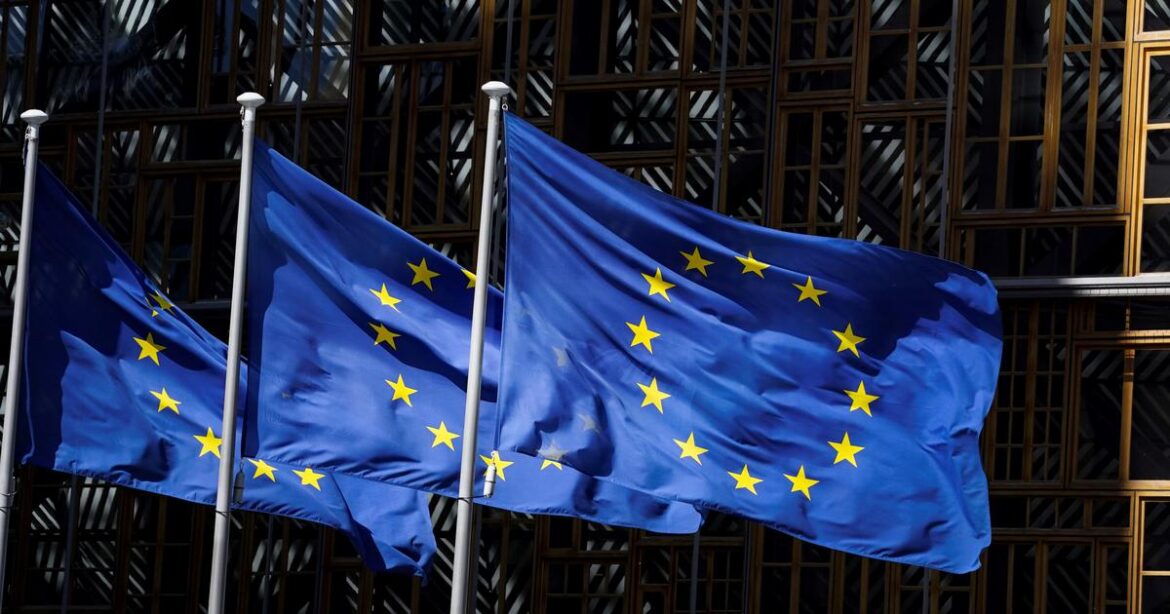A peaceful Europe – the beginnings of cooperation
The European Union is about up with the aim of ending the frequent and bloody wars between neighbors, which culminated within the Second war. As of 1950, the ECU Coal and Steel Community begins to unite European countries economically and politically so as to secure lasting peace. The six founding countries are Belgium, France, Germany, Italy, Luxembourg, and therefore the Netherlands. The 1950s are dominated by a chilly war between the east and west. Protests in Hungary against the Communist regime are put down by Soviet tanks in 1956. In 1957, the Treaty of Rome creates the ECU Economic Community (EEC), or ‘Common Market’.
A period of the economic process
The 1960s may be a good period for the economy, helped by the very fact that EU countries stop charging custom duties once they trade with one another. They also agree on joint control over food production, in order that everybody now has enough to eat – and shortly there’s even surplus agricultural produce. May 1968 becomes famous for student riots in Paris, and lots of changes in society and behavior become related to the so-called ‘68 generation’.
Click here to know about World History
A growing Community – the primary enlargement
Denmark, Ireland, and therefore the UK join the ECU Union on 1 January 1973, raising the amount of Member States to nine. The short, yet brutal, Arab-Israeli war of October 1973 leads to an energy crisis and economic problems in Europe. The last right-wing dictatorships in Europe come to an end with the overthrow of the Salazar regime in Portugal in 1974 and therefore the death of General Franco of Spain in 1975. The EU regional policy starts to transfer huge sums of cash to make jobs and infrastructure in poorer areas. the ECU Parliament increases its influence in EU affairs and in 1979 all citizens can, for the primary time, elect their members directly. The fight against pollution intensifies within the 1970s. The EU adopts laws to guard the environment, introducing the notion of ‘the polluter pays’ for the primary time.
The changing face of Europe – the autumn of the Berlin Wall
The Polish union, Solidarność, and its leader Walesa become household names across Europe and therefore the world following the Gdansk shipyard strikes within the summer of 1980. In 1981, Greece becomes the 10th member of the EU, and Spain and Portugal follow five years later. In 1986 the only European Act is signed. this is often a treaty that provides the idea for a huge six-year program aimed toward checking out the issues with the free flow of trade across EU borders and thus creates the ‘Single Market’. there’s major political upheaval when, on 9 November 1989, the Berlin Wall is pulled down and therefore the border between East and West Germany is opened for the primary time in 28 years. This results in the reunification of Germany, when both East and West Germany are united in October 1990.
A Europe without frontiers
With the collapse of communism across central and eastern Europe, Europeans become closer neighbors. In 1993 the only Market is completed with the ‘four freedoms’ of movement of products, services, people, and money. The 1990s is additionally the last decade of two treaties: the ‘Maastricht’ Treaty on European Union in 1993 and therefore the Treaty of Amsterdam in 1999. People are concerned about the way to protect the environment and also how Europeans can act together when it involves security and defense matters. In 1995 the EU gains three more new members: Austria, Finland, and Sweden. alittle village in Luxembourg gives its name to the ‘Schengen’ agreements that gently allow people to travel without having their passports checked at the borders. many children study in other countries with EU support. Communication is formed easier as more and more people start using mobile phones and therefore the internet.
Further expansion
The euro is now the new currency for several Europeans. During the last decade, more and more countries adopt the euro. 11 September 2001 becomes synonymous with the ‘War on Terror’ after hijacked airliners are flown into buildings in NY and Washington. EU countries begin to figure far more closely together to fight crime. The political divisions between east and west Europe have finally declared healed when no fewer than 10 new countries join the EU in 2004, followed by Bulgaria and Romania in 2007. A financial crisis hits the worldwide economy in September 2008. The Treaty of Lisbon is ratified by all EU countries before getting into force in 2009. It provides the EU with modern institutions and more efficient working methods.
A challenging decade
The global depression strikes hard in Europe. The EU helps several countries to confront their difficulties and establishes the ‘Banking Union’ to make sure safer and more reliable banks. In 2012, the ECU Union is awarded the Nobel Peace Prize. Croatia becomes the 28th member of the EU in 2013. global climate change remains high on the agenda and leaders comply with reducing harmful emissions. European elections are held in 2014 and more Eurosceptics are elected into the ECU Parliament. a replacement security policy is established within the wake of the annexation of Crimea by Russia. Religious extremism increases within the Middle East and various countries and regions around the world, resulting in unrest and wars which end in many of us fleeing their homes and seeking refuge in Europe. The EU isn’t only faced with the dilemma of the way to look out for them, but also finds itself the target of several terrorist attacks.




